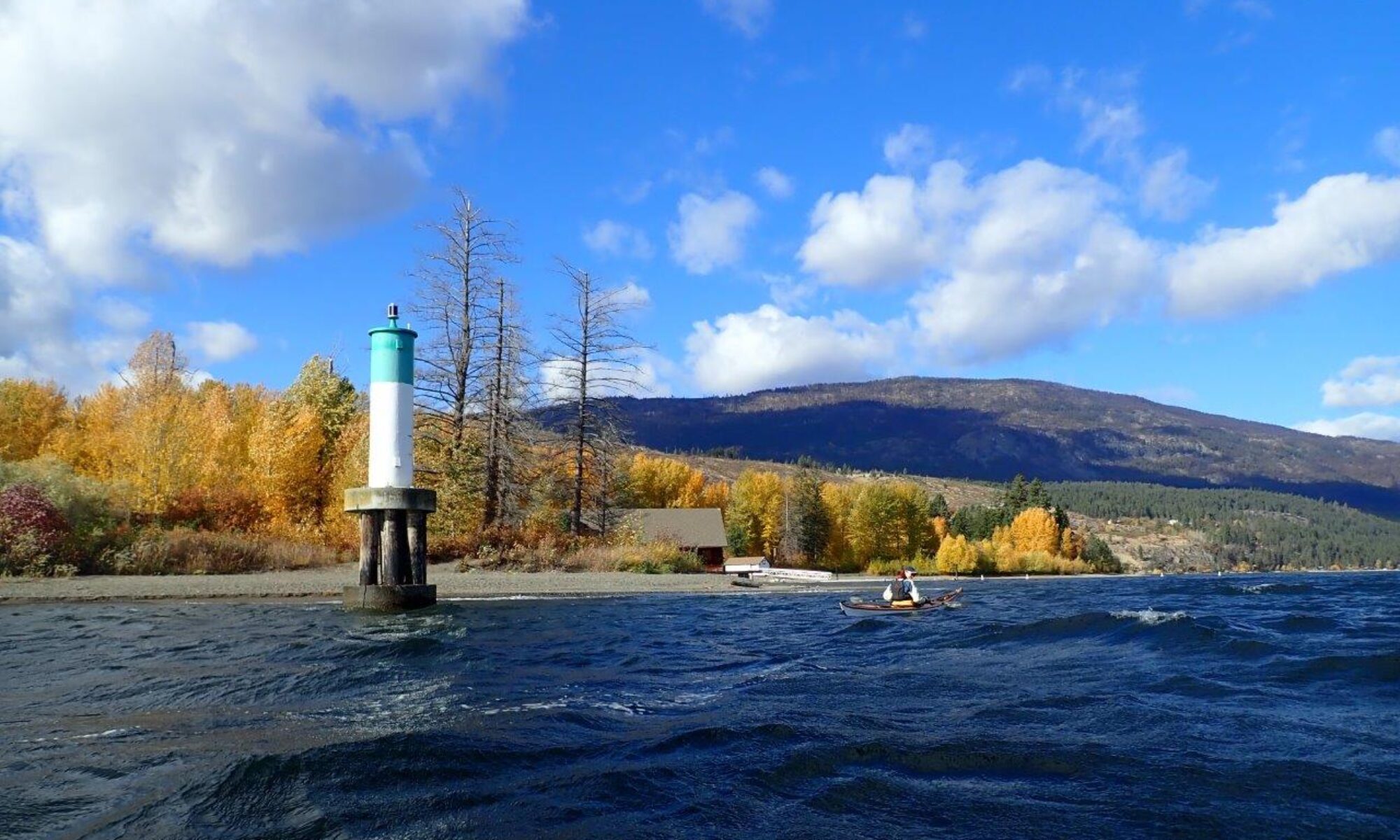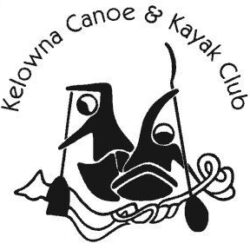KCKC Trip Rating System:
|
NOTE: Any two conditions exceeding a level’s listing bumps the rating up to the next level. Night or limited visibility (fog) bumps the rating up one level. There are no half-levels.
Recommended Skills for a Given Level
Level 1
Forward, reverse, sweep turns, stern rudder. Able to wet exit. Able to re-enter with the assistance of another paddler. Group position awareness.
Level 2
High and low bracing ability. Comfort with some edging, bow rudder. Efficient forward stroke. Confident wet exits. Assisted rescue ability both as swimmer and rescuer. Paddle float or other self-rescue. Some experience with towing. Group positioning and dynamics awareness.
Level 3
Eddy line crossings. Confident edge control in all maneuvering strokes. Confident bracing ability. Confident and practiced assisted rescues, self-rescues, and towing (if appropriate) in conditions present. Group management ability. Basic navigation skills.
Level 4
Confident boat control in wind and moving water. Recently rehearsed assisted rescues in Level 3 or Level 4 conditions. Confident group management experience. Accurate course plotting and chart positioning skills.
Definitions
Ability versus Confidence:
Ability, having done the skill. Confidence, having rehearsed the skill until it is automatic. For example, rescues: Ability is having done one or two. Confidence is assurance that the rescue will be done in under a minute in the present conditions, in whatever configuration presents itself as convenient.
Basic navigation skills:
Awareness of one’s location on a chart. Ability to steer by compass.
Confident wet exits:
Can retain boat and paddle in the wind during a wet exit and rescue; have rehearsed wet exits in conditions similar to the intended trip.
Group positioning, group dynamic awareness, and group management experience:
Group positioning is the distance between the furthest two paddlers in the group. Group dynamic awareness is an awareness of the movement of the group and action to keep the group together. By level three, the conditions are actively separating the group and group management should be an integral function of the group, not something driven from the leaders down. By level four, this is critical. Group management experience helps give a paddler an understanding of the issues involved. The intent is to begin this awareness at level one, develop it at level two, refine it at level three, and count on it at level four.
Long Wave Form:
Waves are organized in rows.
Moving water:
Eddies, boils, currents or waves that are actively changing the boats course.
Open Crossing:
Over two miles of potential fetch (regardless of the forecast wind direction) and no reliable bail.
Recently rehearsed:
Within the past year.
Reliable roll:
Ability to miss a roll or two and then hit the next one.
Reliable rough-water roll:
Ability to stay underwater for several seconds in various positions with currents or waves moving the boat around, and then set up and roll on either side.

